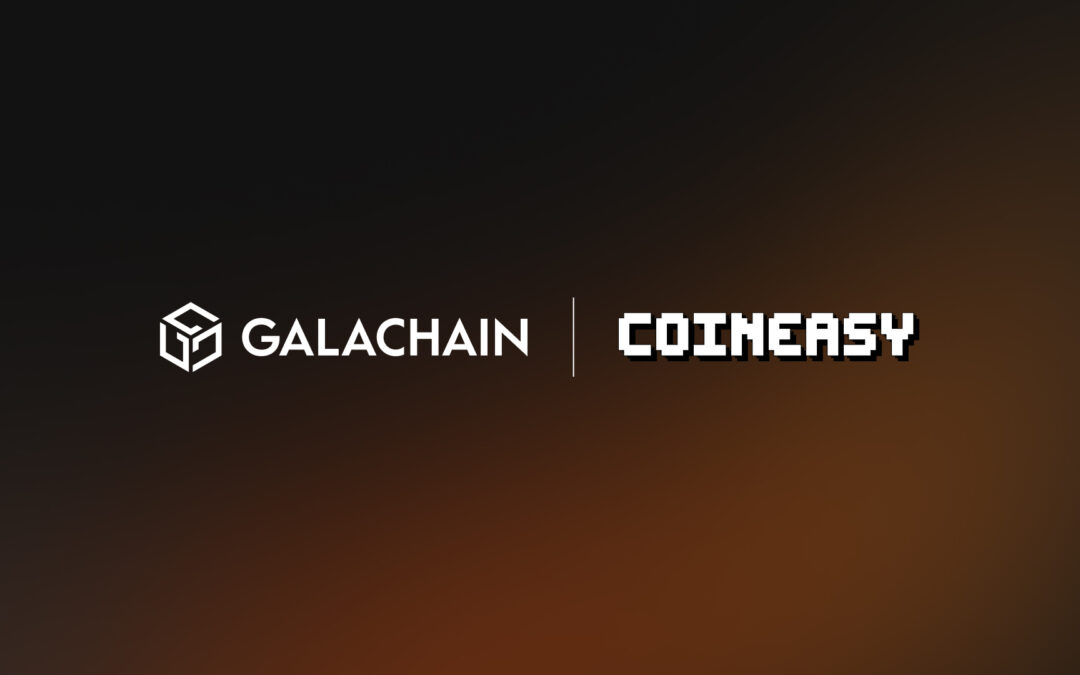
Partnering with CoinEasy for Crypto Education in South Korea
Bridging Knowledge Gaps with CoinEasy
Hot on the heels of our massively successful GALAthon 24 hour hackathon event during GDC 2024, we’re proud to announce a new GalaChain strategic partnership with CoinEasy, the all-in-one web3 education platform. CoinEasy is a pioneering project committed to making cryptocurrency education accessible and understandable in South Korea.
This collaboration is set to revolutionize the way individuals interact with and understand blockchain tech and cryptocurrency. To reach our ambitious goal of onboarding the world’s first billion users to web3, education is an essential piece of the puzzle.
CoinEasy: Your Gateway to Crypto Knowledge
CoinEasy streamlines crypto education, designed with the goal of demystifying the often complex world of blockchain. By leveraging the cutting-edge technology of GalaChain, CoinEasy offers secure, comprehensive, and easy-to-navigate educational content and tools. Whether you’re a beginner curious about crypto basics or an advanced user looking to deepen your knowledge, CoinEasy provides a wealth of resources tailored to the Korean audience.
A Platform Built for All
What sets CoinEasy apart is its focus on inclusivity and accessibility. Understanding that the journey from web2 to web3 can be daunting for many, CoinEasy employs account abstraction to seamlessly onboard users onto its platform, preparing them to interact with GalaChain. This approach ensures that no matter your level of technical expertise, engaging with a robust digital economy has never been easier.
Download CoinEasy Today
To start your crypto education journey with CoinEasy, download the app now available on both iOS and Google Play:
Empowering the South Korean Crypto Community
Through this partnership, Gala and CoinEasy aim to empower individuals in South Korea to confidently navigate the digital economy. By providing accessible education and practical tools, we hope to foster a knowledgeable and engaged crypto community, ready to take advantage of the many opportunities that blockchain technology and cryptocurrencies have to offer.
A Vision for the Future
As we join forces with CoinEasy on a mission of crypto education, Gala remains committed to our mission of leveraging web3 technologies for empowerment, innovation and inclusivity. This partnership is not just about providing education; it’s about building the foundation of a more informed and confident crypto community in South Korea and beyond.
Stay tuned for updates on this exciting partnership, and join us in welcoming a new era of crypto education with Gala and CoinEasy. Together, we’re making the world of blockchain and cryptocurrencies accessible to everyone.
Keep a close eye on GalaChain, because the massive rollouts, updates, and partnership announcements are just getting started. Welcome to a new world of user empowerment in the blockchain age.

